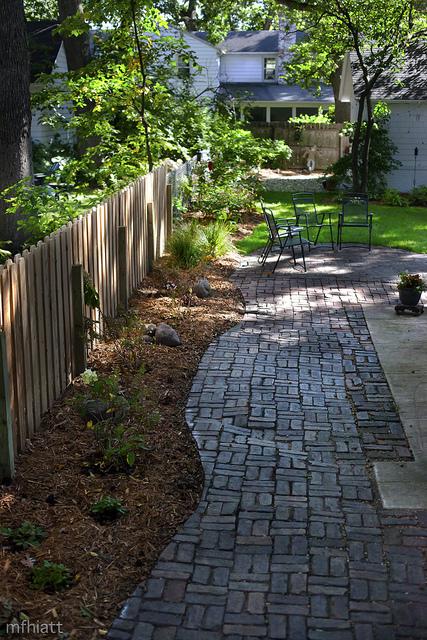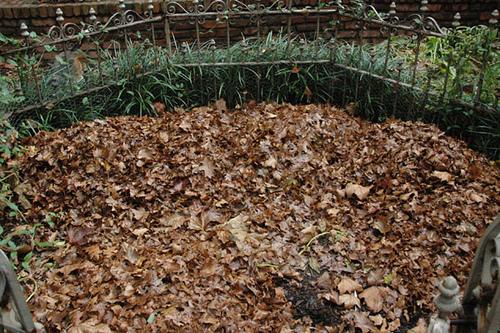Organic mulches are materials that are or once were living plant materials that are placed on the soil surface to prevent erosion, weed germination, and reduce evaporation.
Organic materials such as bark, wood chips, and newspaper can be used. Most are effective weed barriers. Cost, availability, and aesthetics are all elements that factor into choosing a type of mulch.
Types of Organic Mulch
- Pine bark, pine needles, wood chips are all aesthetically pleasing. Pine bark can easily move and be displaced.
- Yard waste can be used in moderation. Grass, for example, can be used to line rows of vegetables. This is a good way to reuse yard clippings and other small volume waste.
- Other materials include newspaper, saw dust, and leaves.

Benefits of Organic Mulch
- Relatively low cost, especially if reusing yard waste
- Natural look
- Allows for water and oxygen infiltration
- Can deter pests from affecting plants
Disadvantages of Organic Mulch
- High decomposition and replacement frequency
- Often moves around and becomes displaced
- If placed too close to tree trunks, can create habitat for pests

Additional Resources:
Types of Mulches: Inorganic Mulches
West
California – Mulch: A Gardener’s Best Friend
Midwest
Southeast
Florida – Mulch
Florida – Mulching Practices for South Florida
Mississippi – Mulches for the Landscape
South Carolina – Mulch
